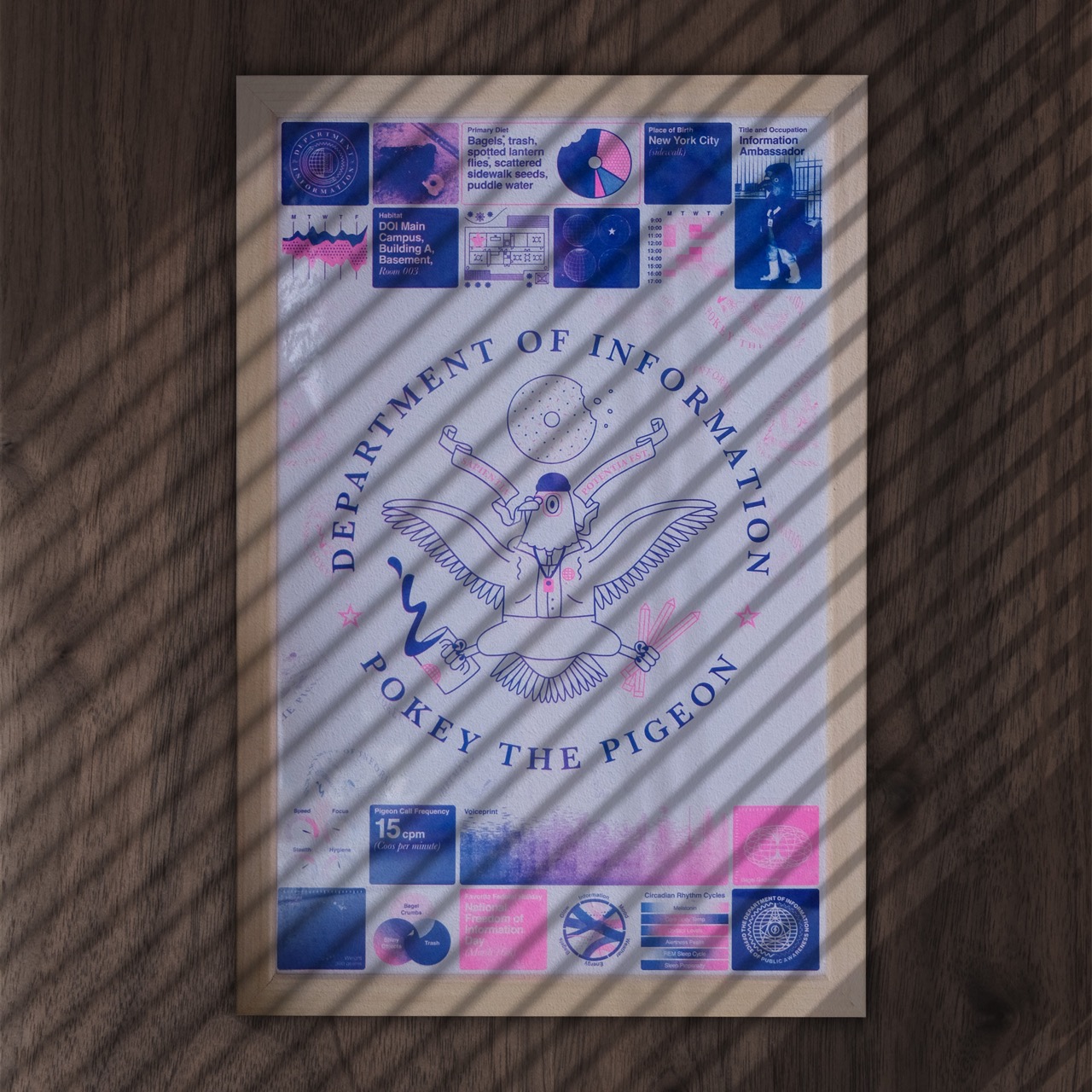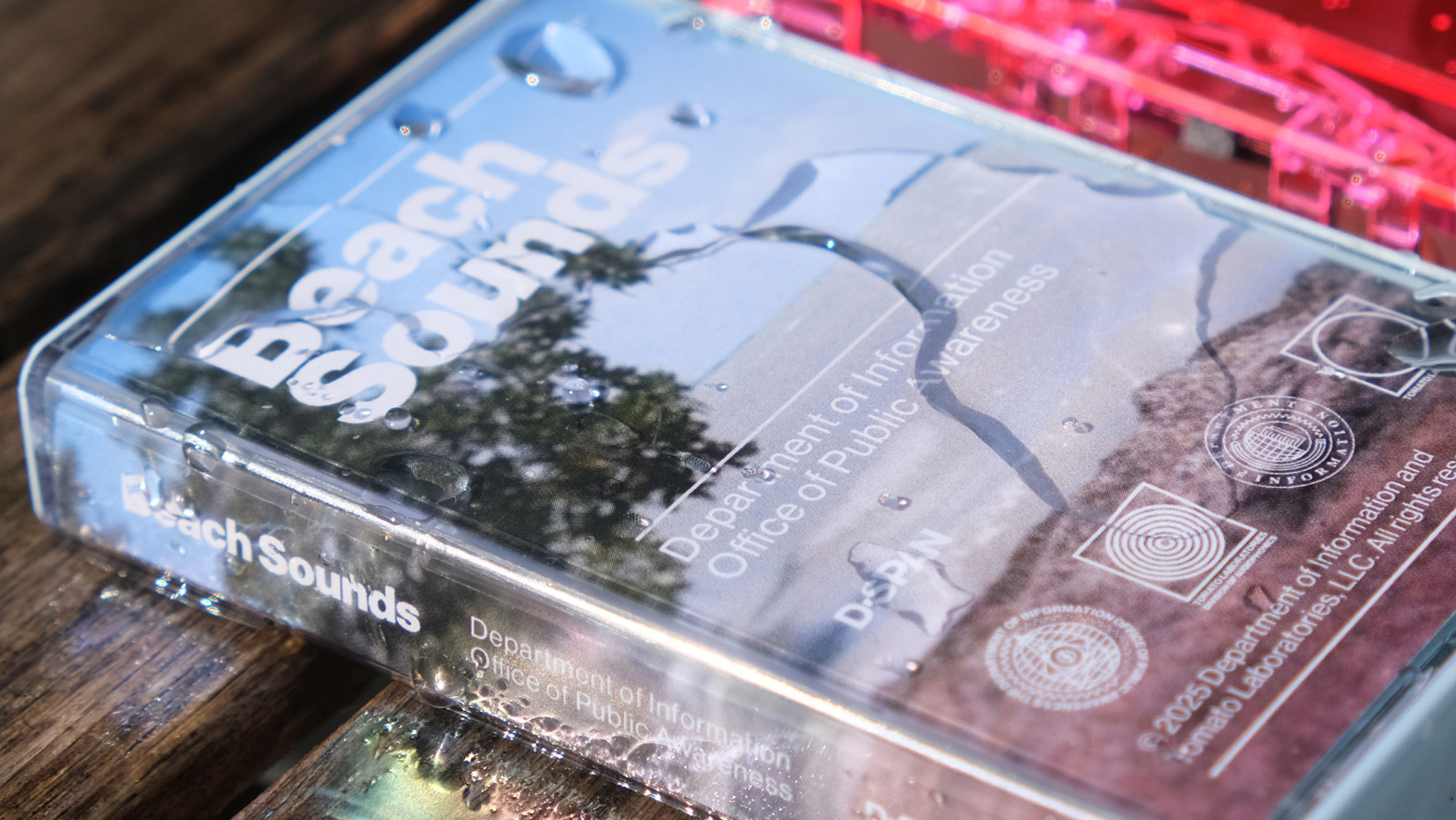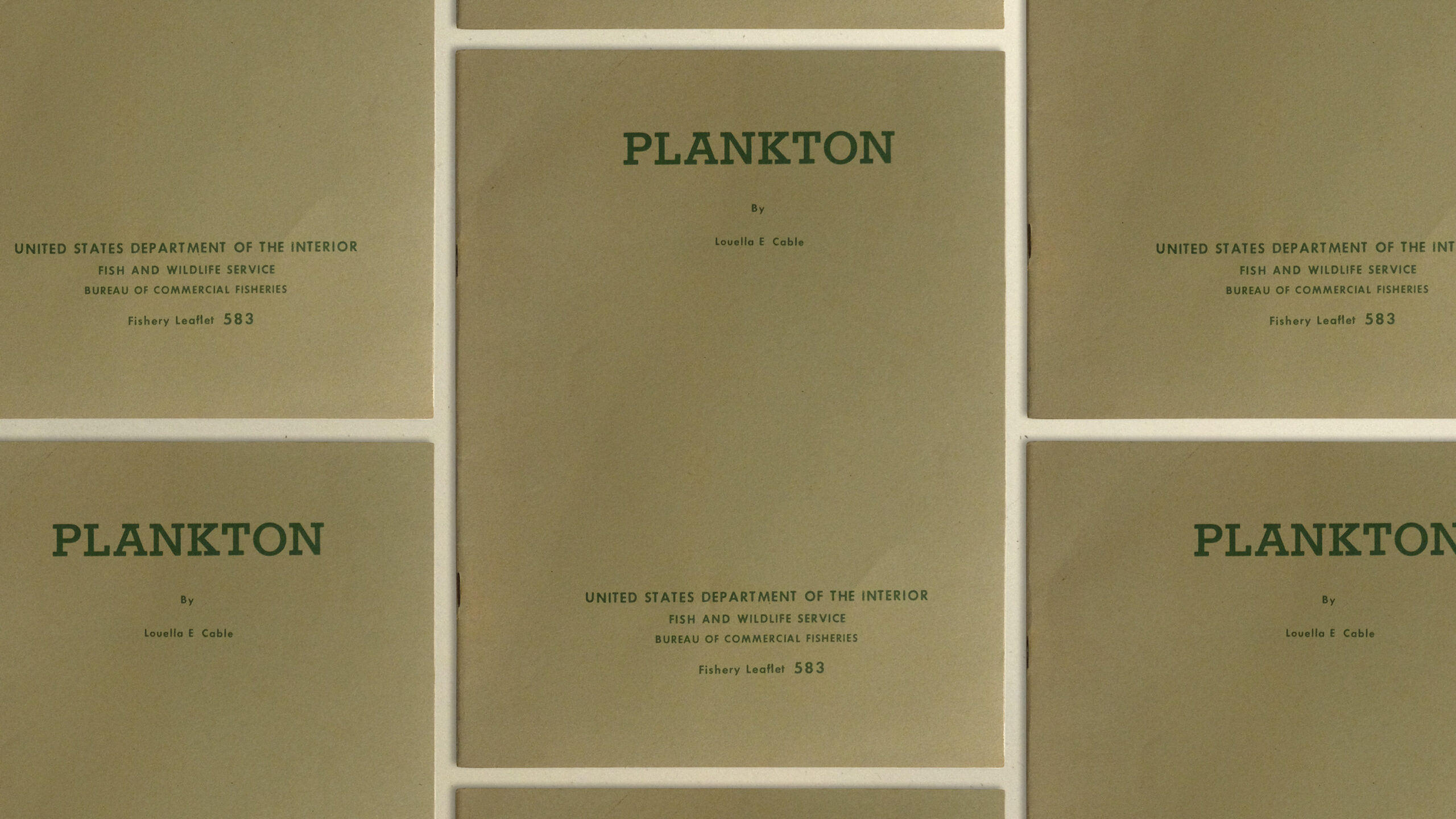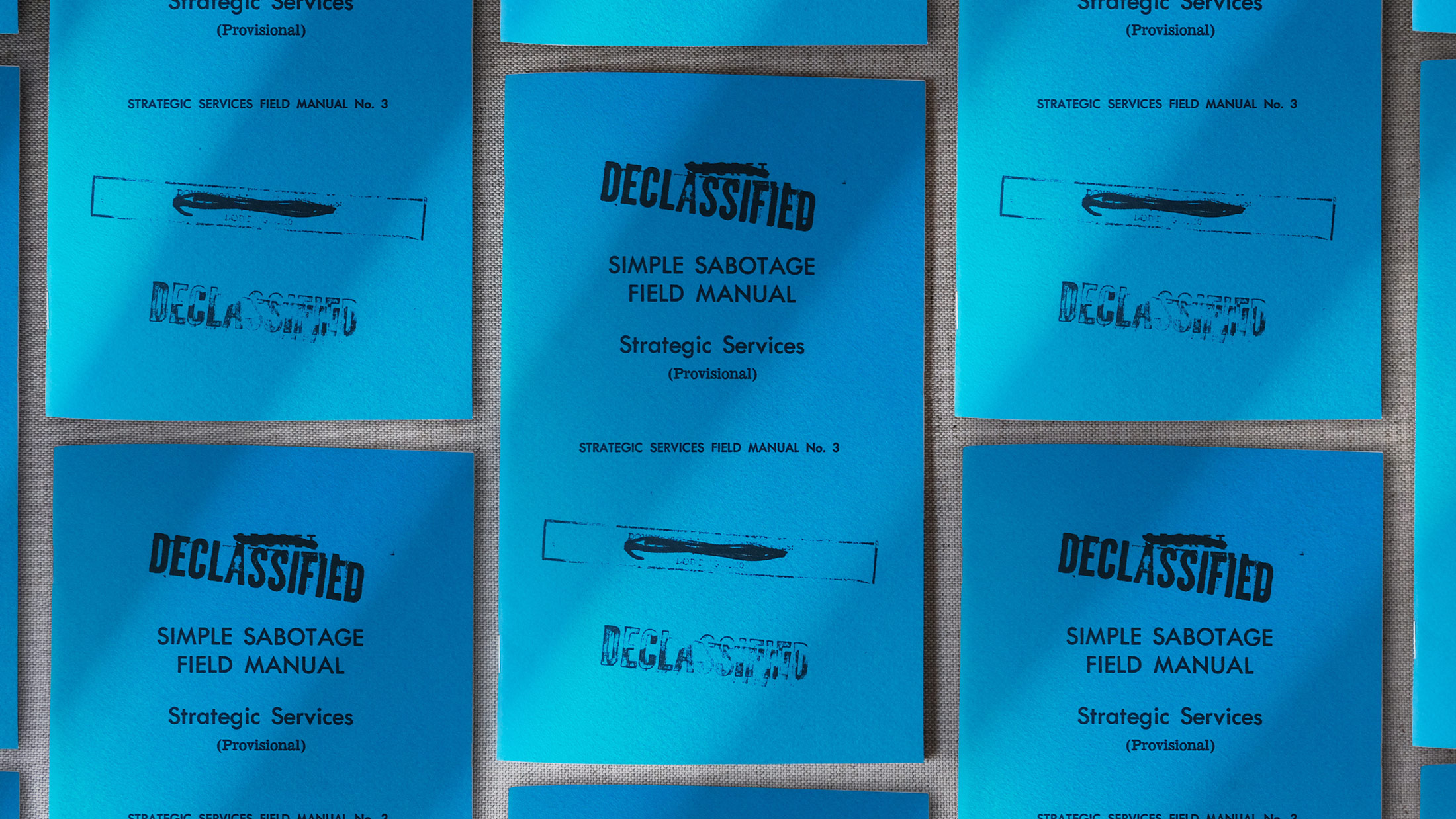Our information ambassador, Pokey the Pigeon, was handing out anti-AI brochures at the local mall recently when a group of teenagers mistook him for the National Oceanic and Atmospheric Administration (NOAA)’s sinister, owl-based weather mascot, Owlie Skywarn. It was weird—none of us had ever heard of Owlie before. Curious about this odd cousin of our own misunderstood avian deputy, we tracked down some vintage weather propaganda to learn more.

So, who is the weird little owl? According to noaa.gov, Owlie was “created in 1976 as the star of a black and white coloring book for children written for NWS by Dr. Franklyn M. Branley, Nature and Science Advisor to the American Museum of Natural History in New York and illustrated by Leonard Kessler.”
Allegedly, the original Owlie was drawn with tornadoes as eyes—which is both terrifying and unrealistic. We will be doing a deeper dive into Owlie and their demonic aura in the coming weeks.

Pamphlet PA 76015 was published by the U.S. Department of Commerce, National Oceanic and Atmospheric Administration (NOAA), National Weather Service. It almost certainly originated through the Government Printing Office (GPO), even if only in name, as this particular run was physically printed in Japan.
Likely printed using offset lithography on a mass scale, these pamphlets have retained their black-and-orange spot colors and halftones beautifully over the 40 years they’ve been kept safe from the weather. They were distributed free of charge, with documented placement in schools, libraries, and National Weather Service offices—along with other community spaces.


The station listings in the NOAA Weather Radio pamphlet are outdated, but public awareness and education about emergency weather radios are more pertinent than ever given the growing instability of our climate and weather systems. The “Voice of the National Weather Service,” NOAA Weather Radio provides continuous broadcasts of the latest weather information directly from National Weather Service offices.
Taped weather messages are repeated every four to six minutes and are routinely revised every one to three hours, or more frequently if needed. Most of the stations operate 24 hours daily.
NOAA Weather Radio pamphlet, 1985


We highly recommend getting a copy of the 1985 NOAA Weather Radio pamphlet, while also seeking out more up-to-date information on staying safe during inclement weather. Check out this alarmingly old-looking government website for more information on where and what type of weather radio to buy.




